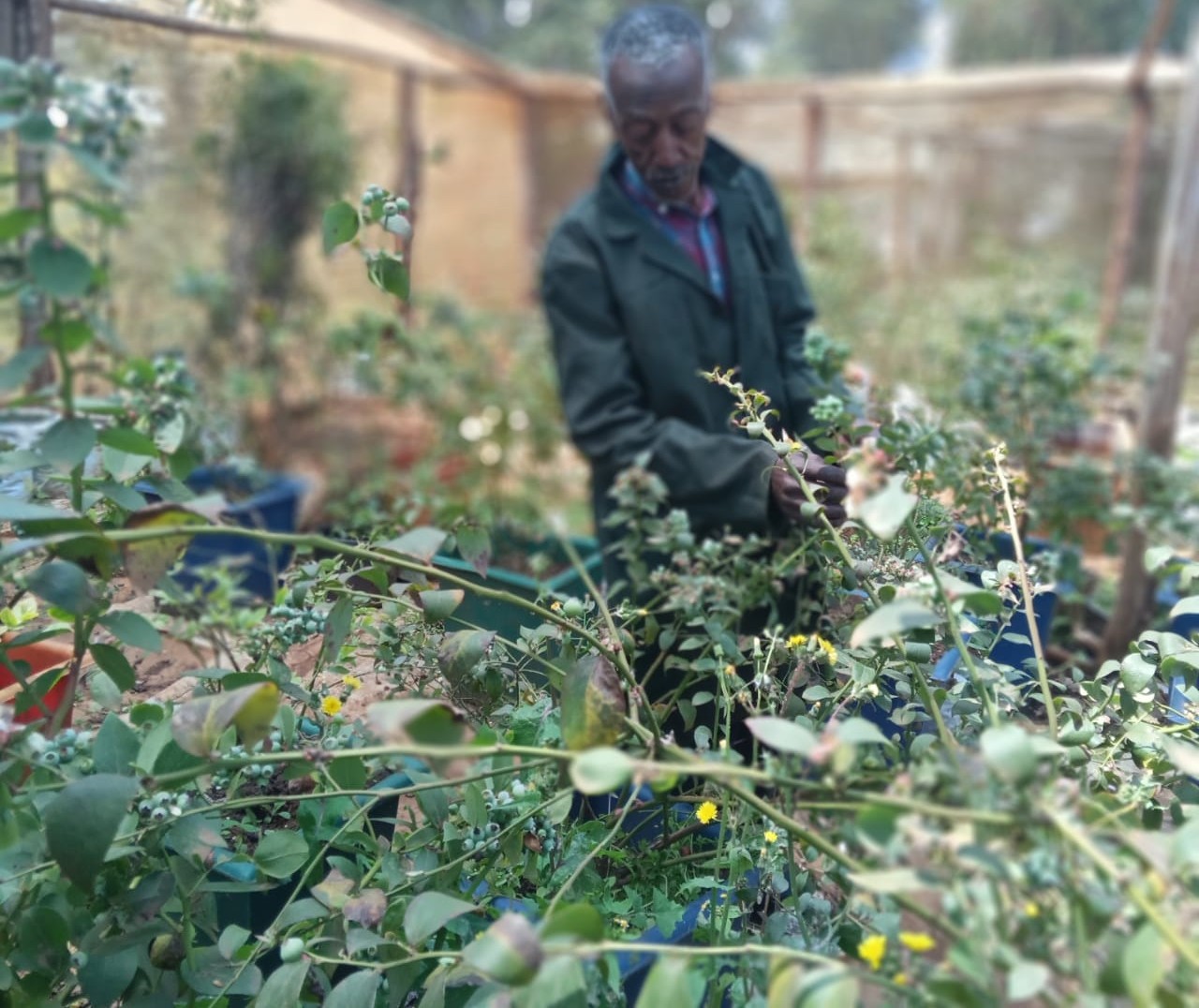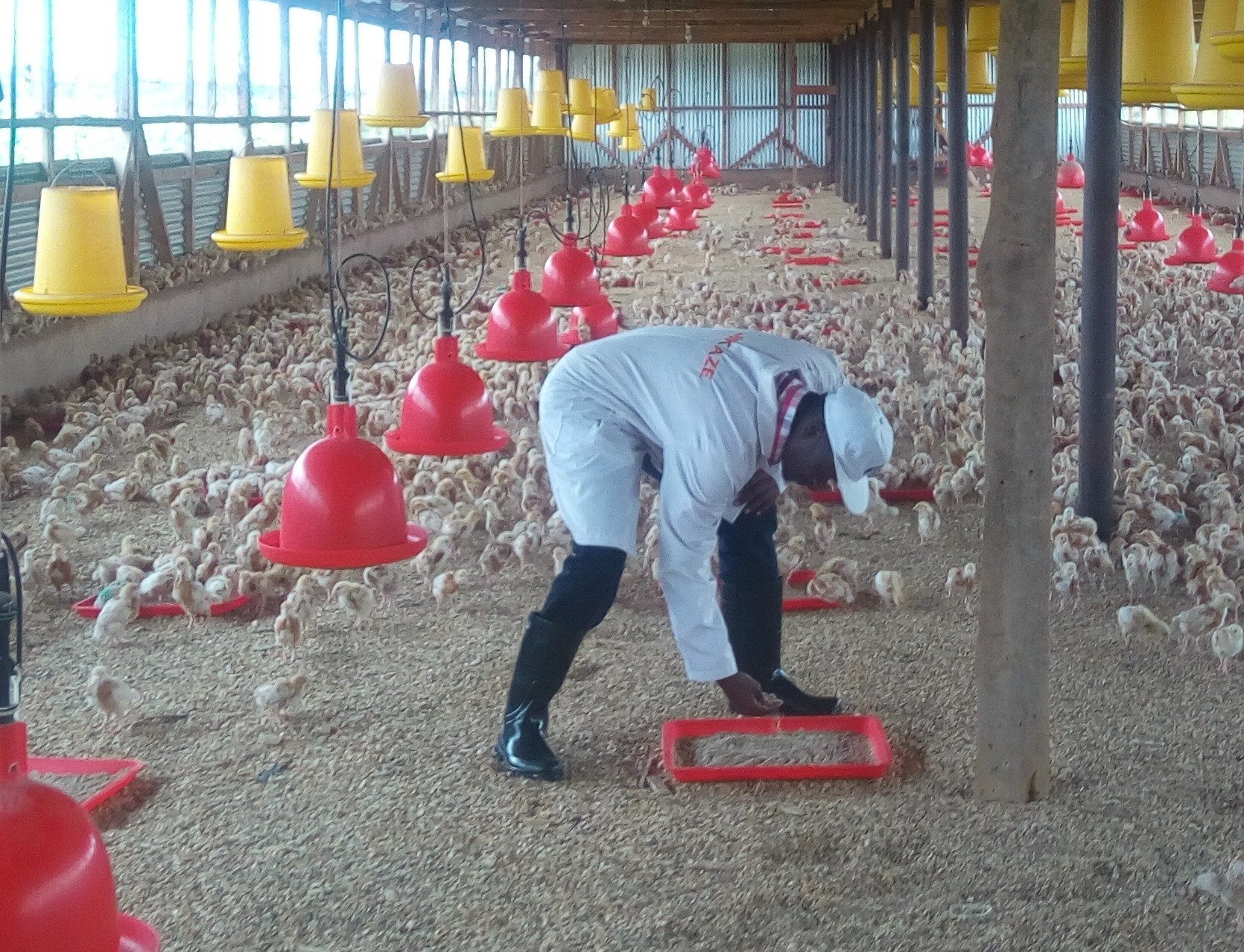
By George Munene
Two months ago Jack Logongo was collecting five egg trays daily from his 200 six-month-old layers. The onset of cold weather in June however saw this drop to just one/ half a tray forcing him to sell off his flock.
This is not a unique experience; according to studies, cold stress can cause laying hens to lose about four times more energy in order to maintain their body temperature. This can necessitate an increase in feed or it causes a slow down in egg production.
“My chickens’ egg production cycle began in May-- the most inopportune time as it was right before the onset of the frigid June-August months. Unfortunately, I did not have a heating source for mature birds as I had not anticipated that they would require being kept warm to sustain their production,” he said.
Related News: Kilifi farmer unable to meet growing brahma chicken demand
Related News: Agriculture expert devices 30% cheaper feed that boosts animal production
The farmer based in Kitengela was looking to push his laying percentage to about 95 per cent, earning him Sh12,000-13,000 monthly. As a first-time chicken farmer, he had hacked his foray into the poultry business.
As the chicken began laying in May he had almost to double their feed intake. He was spending Sh40,000 a month on feed with a 50-kilogram bag of Fugo layers mash costing him Sh3,490. This, he points out, would have been sustainable if his egg harvest hadn’t fallen off a cliff.
To try and mitigate the effects of the chilly weather Logongo invested in multivitamins which he says did not arrest the situation.
Related News: Narok farmers cash in the soaring demand for kenbro chicken products to grow income
Having seen the potential in poultry keeping, he is not disheartened but considers this part of a learning curve: “I am planning on keeping 500 birds. But this time around I will have invested in a proper source of heat and sync my chickens to start laying around September,” Jack informed.
Write comment (0 Comments)
















